This year seems like it’s shaping up to be the second wave of megapixel wars from the major manufacturers. In this review, we’ll take a look at the 102-megapixel Fujifilm GFX 100S medium format mirrorless camera and what it has been like to work with over the last month.
The GFX 100S uses the same excellent 102-megapixel sensor found in the GFX 100. We know that the image quality here is phenomenal, so this review is going to focus on the GFX 100S as it differs from its older sibling (and also a few comparisons to the 50-megapixel bodies, as that’s likely where many will be coming from). I’ll be focusing on handling, autofocus, IBIS, and what it’s like to work with this camera for in a variety of situations.
Build and Handling
When it comes to a camera of this caliber, it seems strange that we would even need to discuss build quality. At this price point, we shouldn’t expect compromises to be made. However, there are a couple of things worth mentioning.
The first is the size and shape. Of all the Fujifilm GFX cameras, I personally find this one to be the most comfortable to hold and store. With the GFX 50S, we had a similarly sized camera with an odd hunchback design. With the GFX 50R, the grip disappeared altogether for the rangefinder styling. With the GFX 100, there was the polarizing integrated grip that I personally felt was extremely utilitarian and difficult to hold. The 100S improves on all of these, in my opinion.
The 100S takes a more traditional SLR-inspired design approach and takes all the best elements of each of the previous models to make a very comfortable and solid-feeling camera. A grip akin to the 50S is coupled with a flatter back like the 50R and a dense, well-constructed feeling like the GFX 100. The viewfinder doesn’t jut out like the 50S and 100, either, which makes it much easier to slide into a bag without removing the viewfinder (which cannot be done on the 100S).
The second thing I feel is worth mentioning is the material that covers the grip. This is a little disappointing, as it feels quite slippery. This is especially true on warmer days with a little sweat on the hands. Still, with a $6,000 camera, we’ll be holding it in both hands, using a strap, or having it on a tripod most of the time, so it’s a small nitpick.
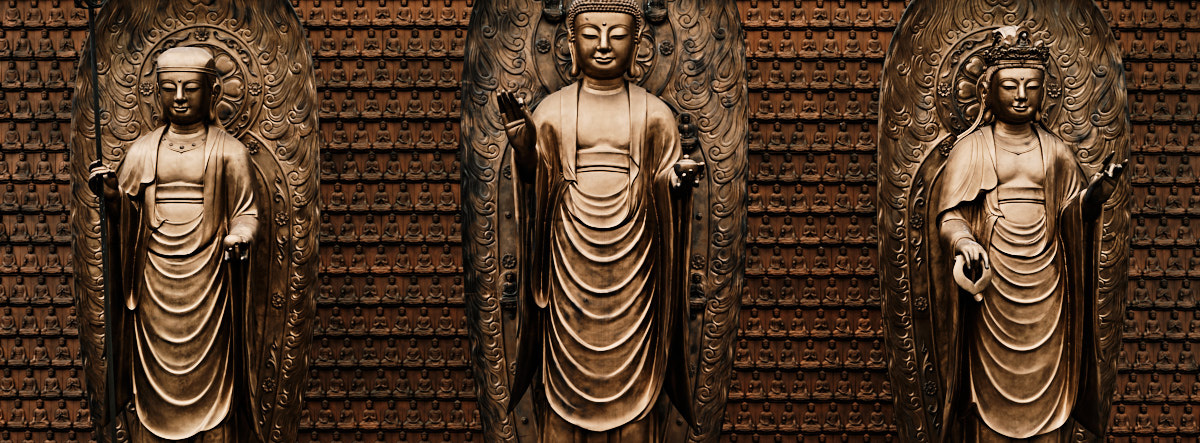
Buttons and Dials
Here is where we find the biggest differentiators from the original GFX 100. While that camera was designed to have plenty of buttons all over the body for usability, the 100S scales this back a little and even removes the four-way selector that we find on the 50S model. It also has a PASM dial that is a departure from the “Fujifilm way.”
Let’s start with the PASM dial. This is certainly a move on Fujifilm’s part to create a “gateway drug” for users of other brands. Not only can this be used to select shooting modes, but it also has six custom positions that allow the photographer to save banks of settings for quick access. Some existing Fujifilm users might be against this change, but I feel like it’s just another way to work, and it doesn’t really bother me. Both methods of setting your camera get you to the same place and allow you to make photographs.
As for the custom positions on the PASM dial, they allow much more flexibility than the custom settings banks on previous Fujifilm cameras. Almost all settings from the image quality, AF/MF, and shooting settings menus can be saved into a custom bank. So, if you’re a photographer who frequently works with the same settings and needs to set the camera quickly for a given assignment, this new ability could be extremely useful. I tend to prefer working in aperture priority or manual modes and simply changing a couple of settings that were relevant to my current situation, but I’m sure the expanded collection of settings that can be saved will be useful to those who prefer to work this way. One more thing of note is that these six banks are separate for video and stills work, so there are effectively 16 banks that can be saved.
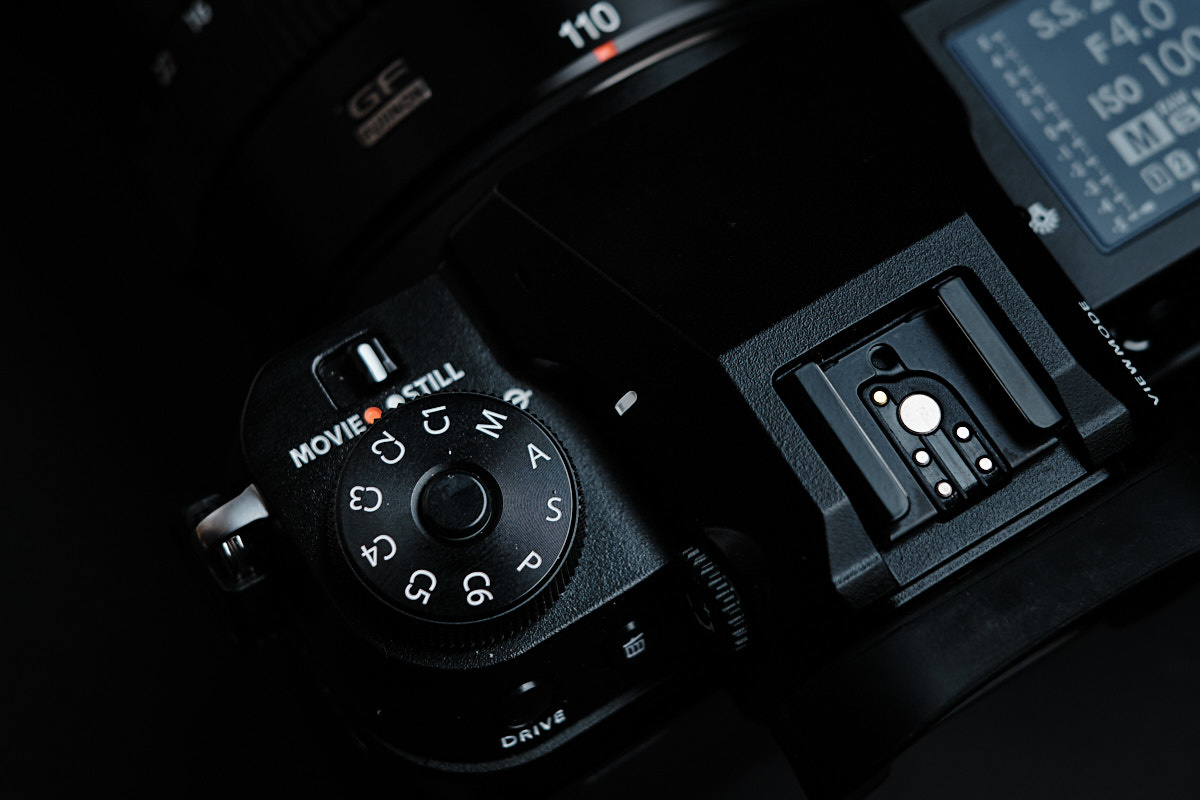
When it comes to the other controls, there are some positives and some negatives to be found. The buttons are all of excellent quality, as we would expect from a camera at this level, and we’ll discuss those shortly. However, I cannot say the same for the joystick. While it feels like it will last, it is quite difficult to move in diagonal directions and fiddly to press effectively. With the missing four-way selector, this means that moving focus points, changing their size, or navigating the menu can be a frustrating task at times. It’s a small thing that can really take you out of the moment when working with the camera.
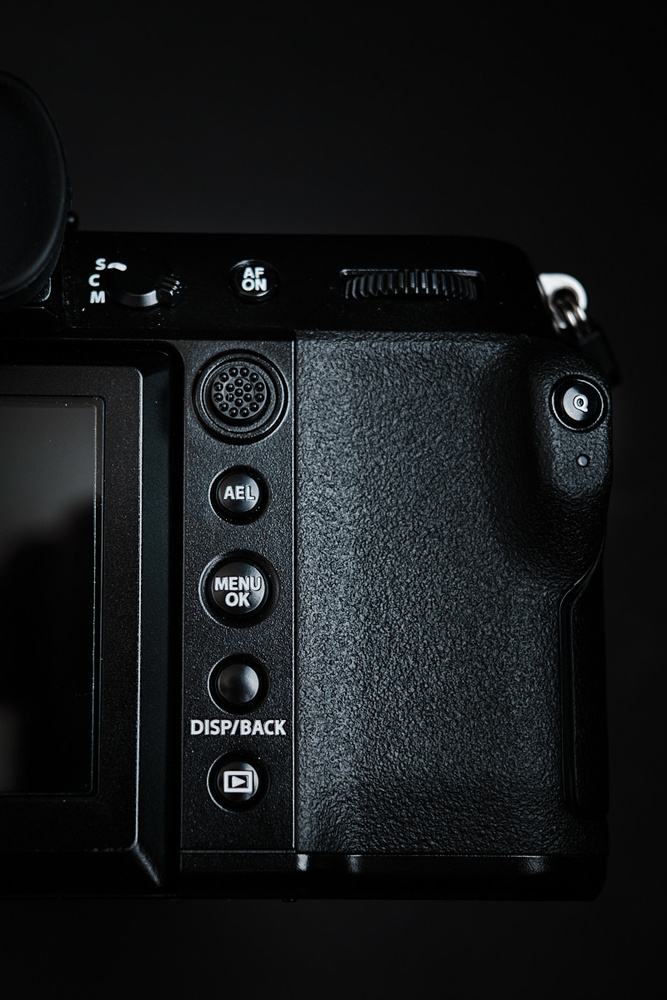
There are four customizable function buttons on the GFX 100S, as we don’t have the four-way selector to customize anymore. Two of these are on top of the body next to the e-ink screen and can be a little difficult to reach without losing your grip on the camera. This is another one of those things that take you out of the moment a little if you frequently change settings using them.
The other two function buttons are, thankfully, better placed in my opinion. The first is next to the shutter button in almost exactly the same way as the GFX 50S. This defaults as an exposure compensation trigger but can be customized for other functions. The final button is found next to the lens mount where we may traditionally have found a depth-of-field preview button. Both of these are easy to locate and use without taking your eye out of the viewfinder or changing your grip on the camera.
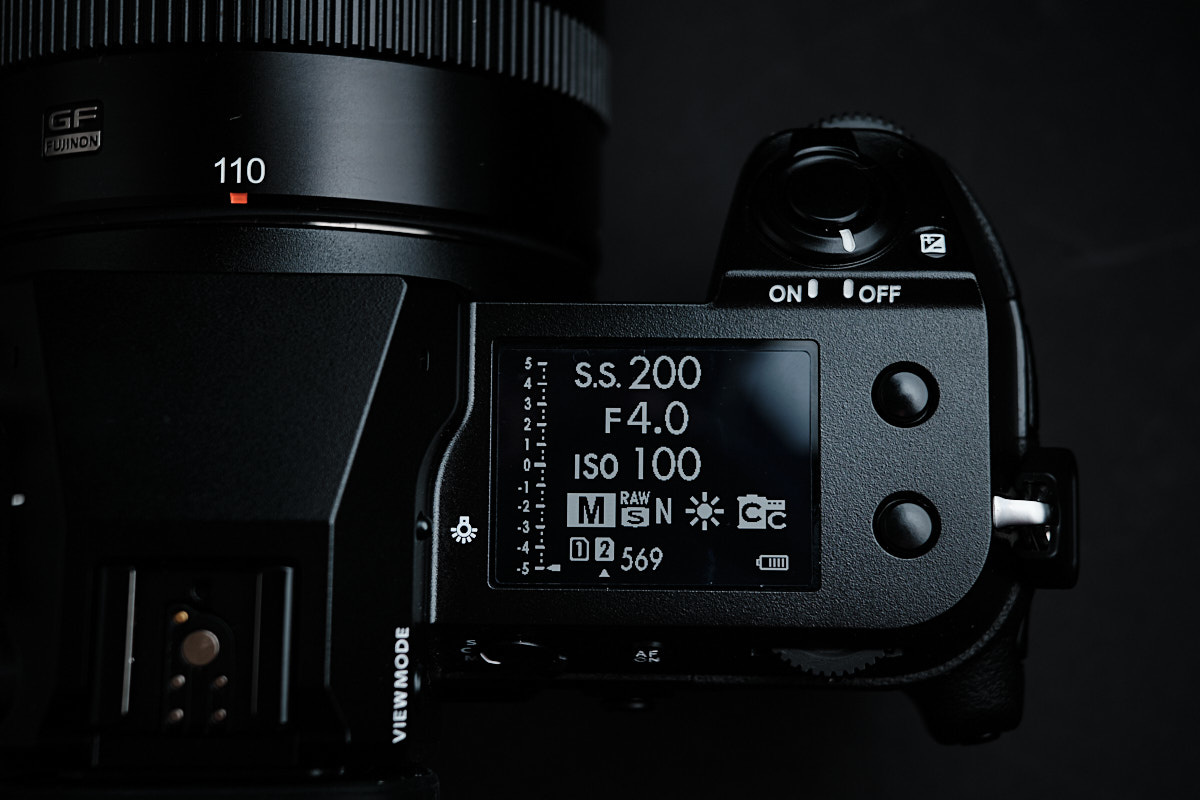
One of the subtle design decisions that I appreciate is Fujifilm’s choice to make the MENU button slightly larger than the other buttons on the rear of the camera. This makes it easy to find without taking your eye out of the viewfinder. I found this useful when working with a couple earlier this month. I was able to continue giving them directions while finding the menu button by feel and changing a couple of settings I needed for the shot at hand.
Screens
One point of discussion during the release of the camera was its lower-resolution EVF when compared to its big brother. This could perhaps become an issue for those who want to review pixel-level sharpness in the EVF or manual focus lenses with extremely wide apertures. However, for day-to-day work, I’ve not had a problem at all with the resolution or frame rate that this screen offers.
There are actually options in the power management menu for giving priority to the EVF for resolution or frame rate, but I haven’t noticed a need to switch to one of those modes yet. I have the camera permanently set to AF Priority – Normal, which has been fine in every situation I have used the camera in. Of course, your mileage may vary depending on requirements.
Coming from the GFX 50R, it is great to have a rear LCD that articulates both horizontally and vertically again. Also, with the slight protrusion of the viewfinder (much less so than the 50S or 100), it is great to be able to pull the screen away from the body a little.
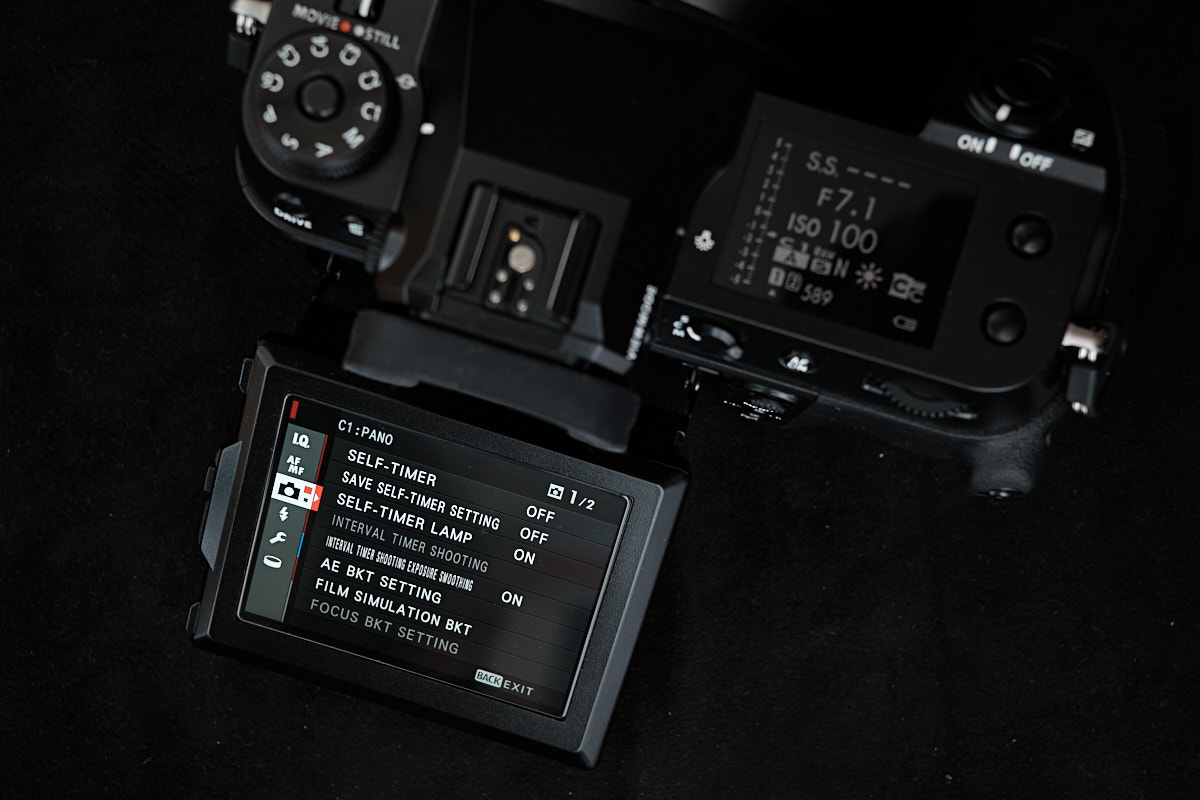
In-Body Image Stabilization
The IBIS system in the GFX 100S is excellent. While it is difficult to get a large, high-resolution sensor like this stabilized to the degree that some M43 cameras achieve, it certainly helps in day-to-day work to have a few extra stops of hand-holding capability. It also means that Fujifilm has incorporated a soft, quiet shutter into the camera as well.
When working with the GF 110mm f/2, I’ve been able to reliably get sharp images down to 1/30 s if I brace myself and get about 50% sharp down to 1/15 s. Of course, when working in the field, we don’t always have the luxury to brace against something and softly squeeze off every frame. However, I did find that working at 1/125 s, I no longer need to worry about sharpness as I did on the GFX 50R. This is a huge boon to hand-held work.
As for the GF 45-100mm f/4, I have been able to reliably get sharp images at 1/8 s and get a good percentage at 1/4 s. Down at 1/2 s, I was throwing away about 80%. This is impressive for such a high-resolution sensor.
With the above, the images will likely not be critically sharp if you’re shooting a test chart, but for most real-world applications, these shutter speeds are going to result in perfectly usable images. When it comes to needing the absolute best possible sharpness from a given situation, we’re likely going to be working on a tripod. But, the GFX 100S opens up new possibilities for quick work on location.
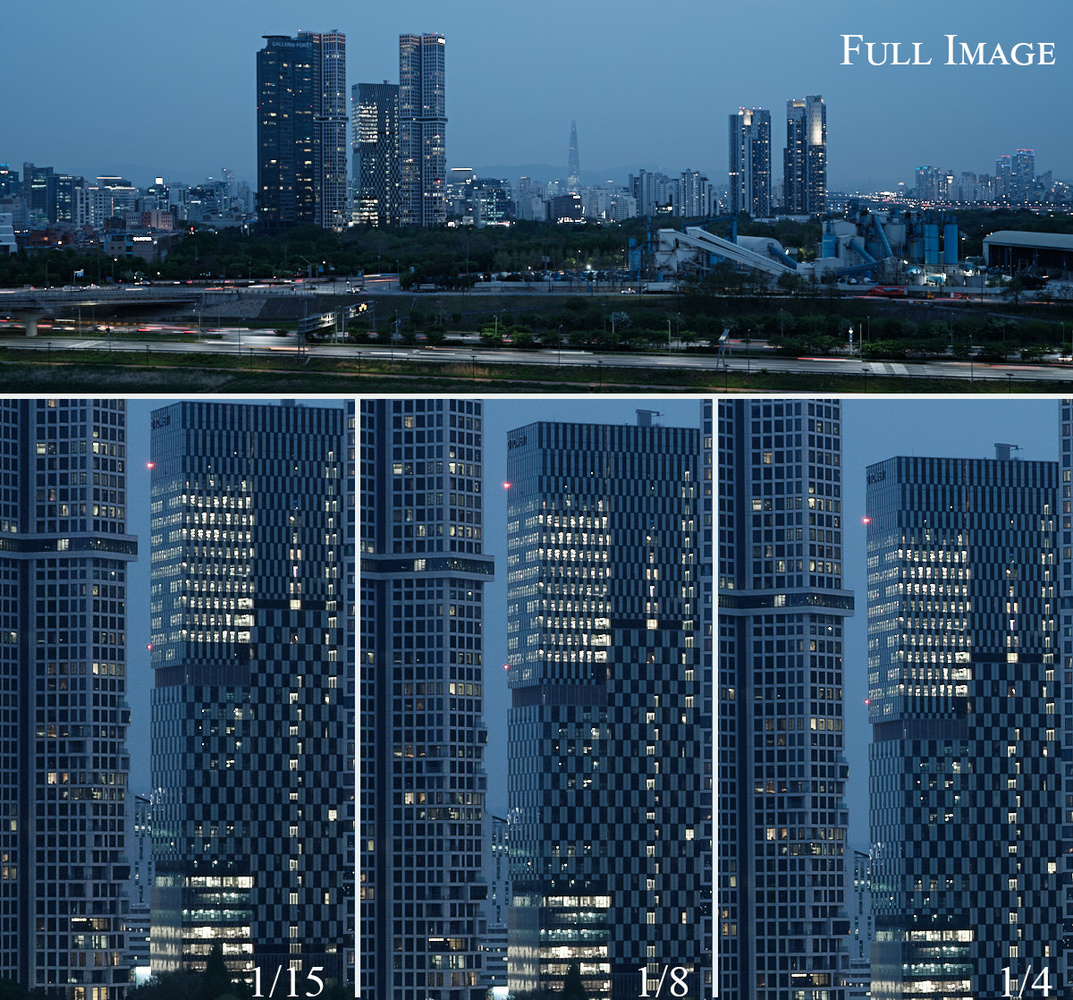
In the Field
So far, I’ve done a couple of client shoots with the GFX 100S now, and it has performed excellently. I’ve also been using it extensively as my daily walkaround despite the resolution so that I can get used to the camera and train my muscle memory. So far, it has been a wonderful camera to work with, and I am extremely satisfied with my investment. Here are a few of my personal findings from working with the camera.
Autofocus
The AF system of the 100S is a carryover from the GFX 100. Phase detect hybrid AF is another huge improvement over the 50-megapixel bodies. Of course, it is still lens dependant and Fujifilm uses a variety of focus motors. Although we shouldn’t expect XF 35mm f/2 focus speed from the GF 63mm f/2.8, we’re still looking at a very big improvement.
With lenses like the GF 110mm f/2, there is still a little hunting as the floating element finds its mark, but the overall speed has improved to the point where it can catch a moving subject in time. When using AF-C, the 110mm is able to nail every shot of people walking at a decent pace now. In a recent couple of sessions, I was able to track my couple using the Area AF mode and accurately get every image in focus for eight shots in a row at f/2.
With faster lenses like the GF 45-100mm f/4, there is no noticeable hunting, and the lens acquires focus extremely quickly. Even in low light, I’ve found that the new autofocus system accurately and confidently acquires focus. In situations that may have slowed down my GFX 50R, such as a dim conference room while shooting corporate portraits, the GFX 100S is as snappy and confident as my X-T4.
For GFX 100 users, this will be no surprise. When compared with the 50-megapixel bodies, however, this is a jump akin to going from an X-T2 to an X-T3. Hunting is reduced and every autofocus operation is just that much faster and more reliable.
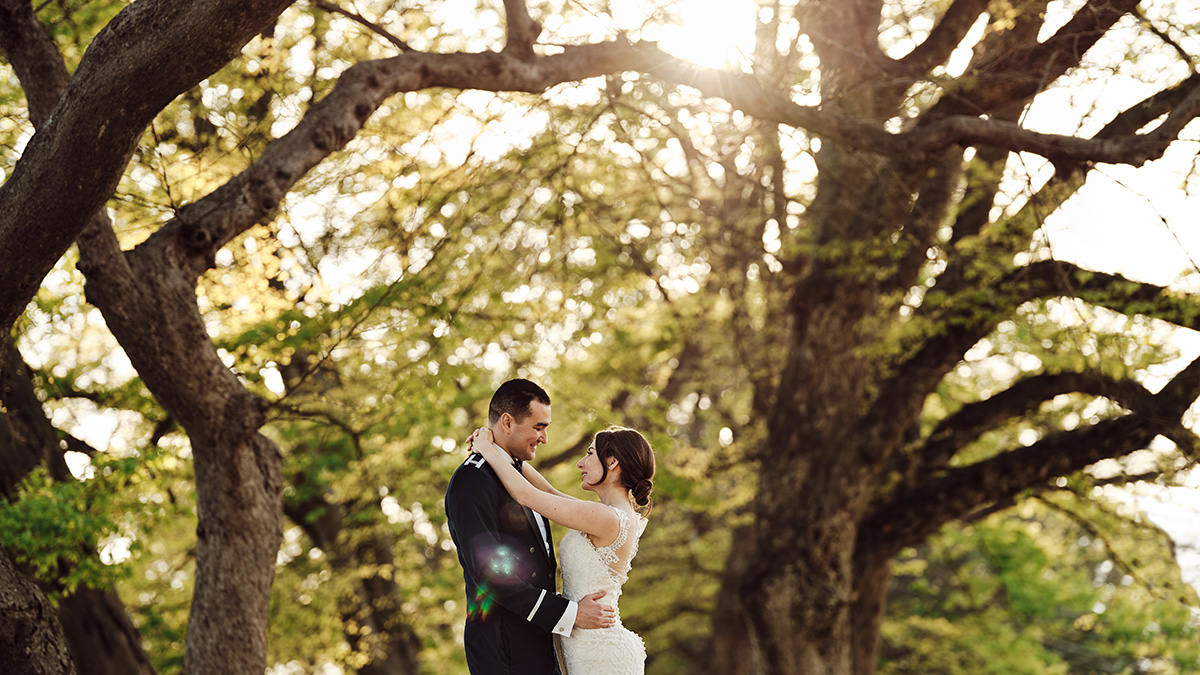
Resolution
Having said that, the one thing that detracts from its overall usability is actually its headline feature: the 102-megapixel sensor. This resolution is great to have and certainly a priority for many who purchase the camera. However, since Fujifilm has created such a portable, high-performance camera this time around, it has become much more useful for portrait sessions and other day-to-day photography that doesn’t necessarily require the extreme resolution of this sensor.
Other companies have implemented a “small raw” feature in many of their high-resolution bodies to allow for a smaller file size while retaining the flexibility of a raw file. For my purposes, an option to work with a down-sampled 50-megapixel file would mean I could use the camera in many more situations without filling up my memory card (and later on, hard drives) so quickly. For example, at a couple of sessions or editorial portrait sessions, the GFX and GF lenses result in beautiful imagery, but the resolution simply isn’t necessary. However, on a commercial shoot, the 100-megapixel files are a huge benefit. I hope that the processor is capable of this and Fujifilm’s engineers can make this a possibility through a firmware update.

Battery Life
The GFX 100S now uses the same NP-W235 battery that the X-T4 uses. Battery life has improved significantly because of it. On the corporate headshot session I mentioned above, I made 280 images (and chimped quite a bit) and walked away with 79% battery remaining. On the couple shoot above, I made 1374 images and my battery still had 33% remaining. For my uses, that is excellent battery life and I have no need to take more than one spare on any given shoot.
Although some people have complained about the lack of a battery grip option, for actual battery life, I would argue that it is no longer an essential addition. For those who prefer the ergonomics of a vertical grip, we might see some third-party offerings even if Fujifilm doesn’t produce one themselves.
In Conclusion
The GFX 100S is not only a technical marvel priced extremely aggressively, it is a camera that performs so close to many full frame and crop sensor cameras that it toes the line of being an everyday camera for many types of photography. As I mentioned above, the only thing that I could see making it an even better offering at this point would be allowing for lower-resolution capture when the full ability of the sensor isn’t necessary.
Things I Liked
- Exceptional build quality
- Comfortable grip
- The same excellent image quality of GFX 100
- Autofocus improvements
- Battery life
- Image stabilization
Things I Felt Could Be Improved
- Position of function buttons
- Texture of grip
- Offering a small raw format
- Joystick
You can purchase the GFX 100S here.
